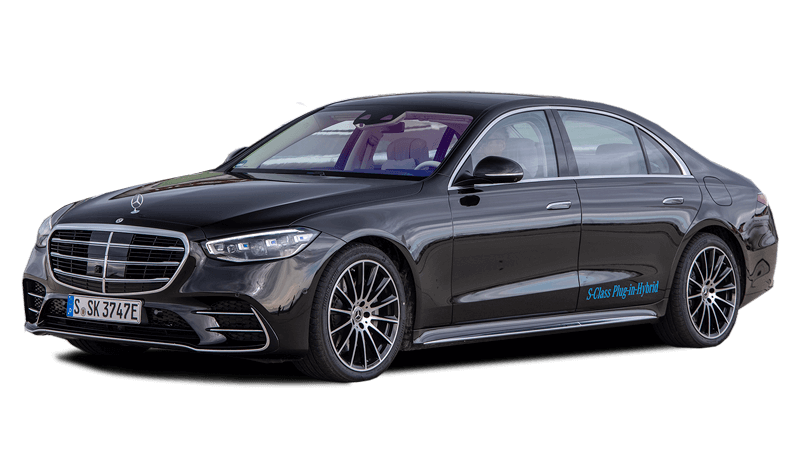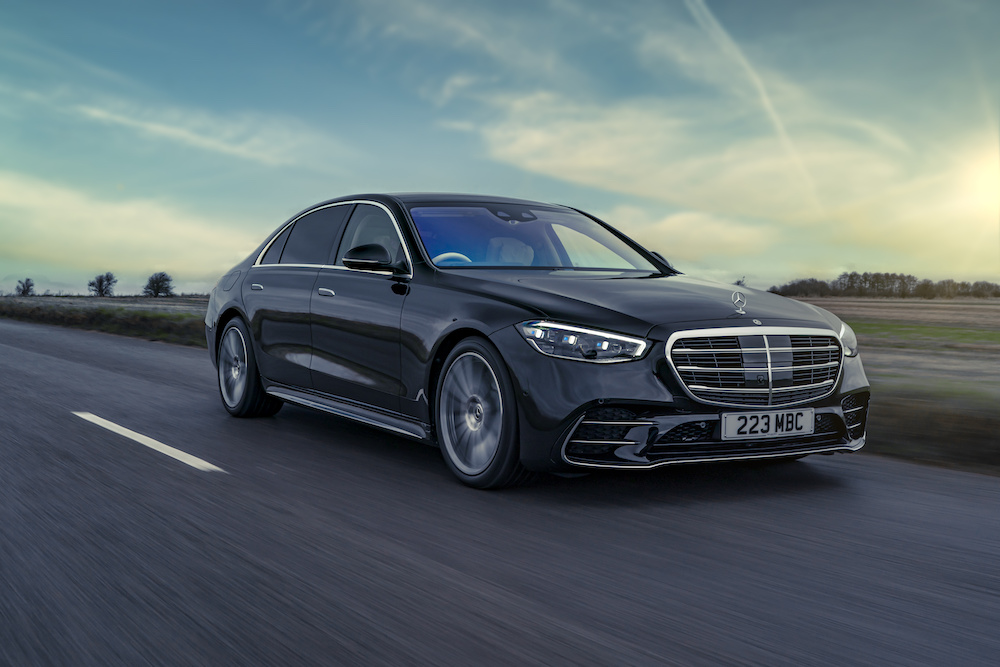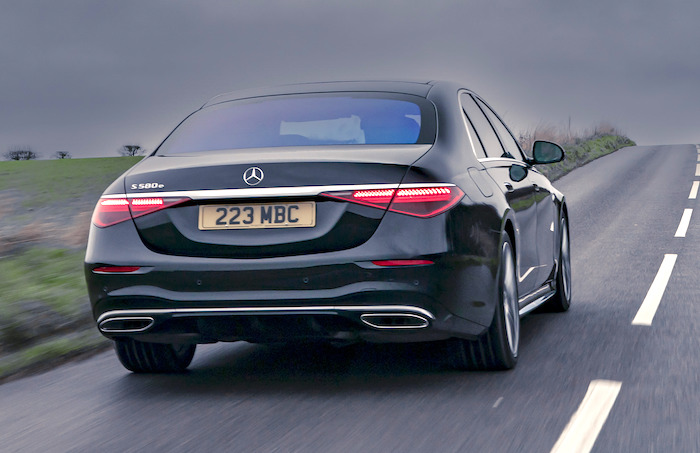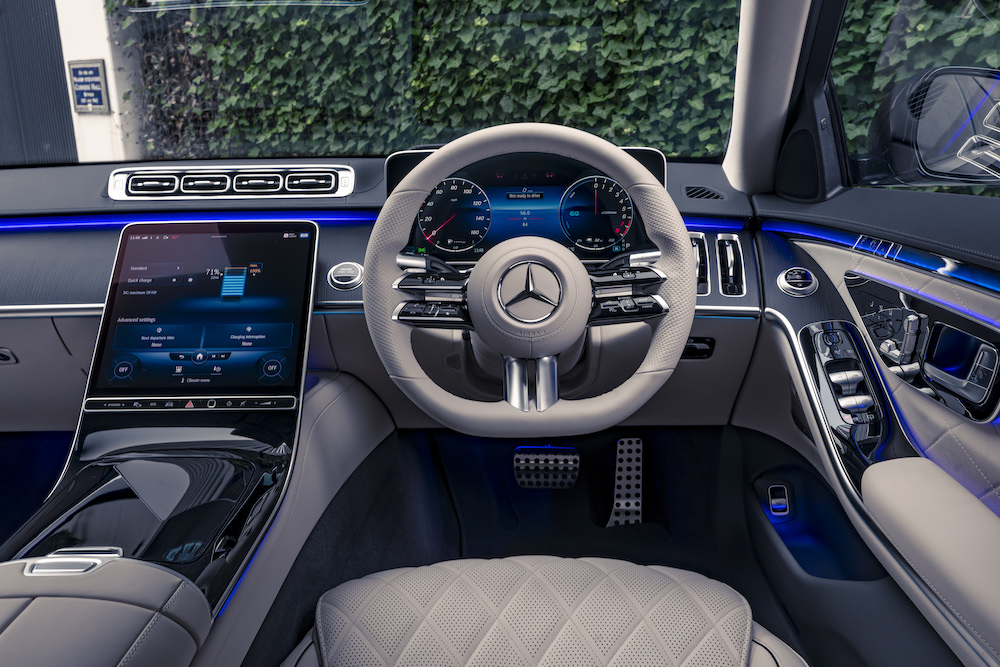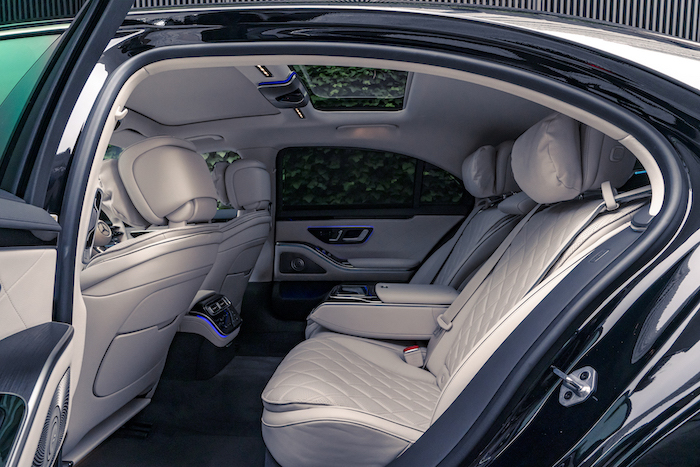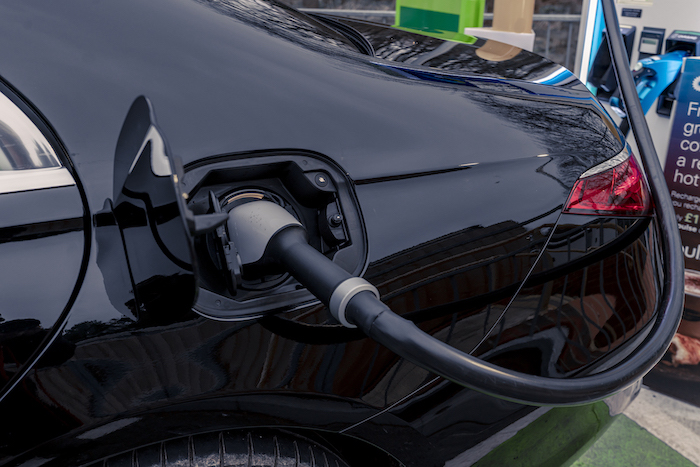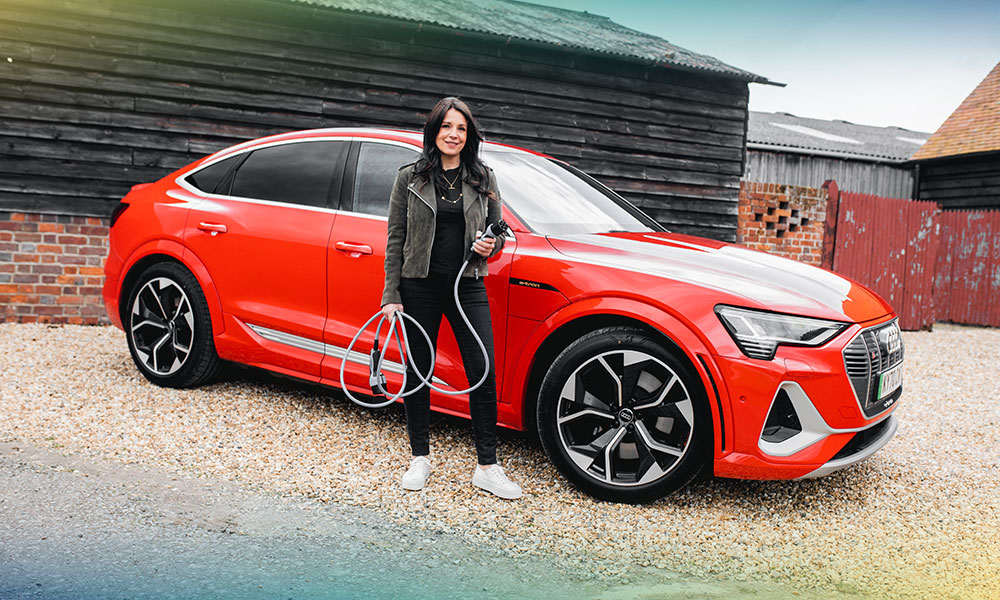It means wealthy buyers can drive (or be driven) into London and other zero-emission zones on electric power alone. Then, when there’s the need to swish to the country shooting lodge, the petrol motor will make sure you don’t need to stop on the way and mix with the lower classes at a charger.
This latest version of the S-Class PHEV combines a 365 bhp 3.0-litre six-cylinder petrol engine from the S450 with a 108 bhp electric motor. This is fed from a 28.6 kWh – the biggest we can think of in any current PHEV and twice as big as the old S560e PHEV’s.
Although the electric motor also grows to 20 kW, the range is also doubled: instead of 30 miles, Mercedes now promises more than 62 miles under power. The official CO2 figures are just 18g/km, which means the S580e will be taxed for company car purposes at just 8% for 2022-25, saving thousands compared to a petrol or diesel. That will go some way to offset the extra £20,000 this PHEV costs over a diesel version, but will still be more than a pure electric alternative such as Taycan.
Although the larger battery in the rear robs a bit of boot space and adds weight, Mercedes has avoided one disadvantage of the doubled capacity: There will be less waiting at charging stations for the poor chauffeur. But thanks to 60 kW rapid charge capacity, even an empty S-Class will take just 30 minutes until the on-board computer shows 100 percent full again.
This means you feel less concerned about using all the power. Step on the accelerator pedal and you’re met with wonderfully gentle and creamy acceleration, with the petrol engine cutting in almost imperceptibly when needed. In the UK this could be almost never, as the S-Class will happily break the motorway speed limit in electric power alone.
And unlike previous plug-in hybrids, this pleasure is not short-lived. Even under real conditions, the range will easily stretch to 45 miles, with more being possible in stop-start urban traffic. The intelligent, sat-nav route-based optimisation also helps: to maximise efficiency the car will calculate the best use of its motors and power, taking into account topography, speed regulations and traffic conditions for the entire planned route. It will even factor in the regeneration it will be able to use by turning the electric motor into a generator when going down hills.
If you're in a hurry and the economy is not a priority then both engines working together will create a car which is fast in an effortless way. If you are used to driving on electric, the imposition of an engine seems crude, even though it it is far from unrefined in comparison to a conventional petrol car.
There are compromises in other ways too. The brakes sometimes can't quite make up their mind if they are using the motor to slow down the car or the conventional discs and pads, resulting in a fraction of a second where the Mercedes feels as though they're not working. There is sometimes a slight clunk when the car feeds power through the gearbox too.
Otherwise, the S-Class packs its occupants like in cotton wool, making driving spectacularly unspectacular. You feel completely alienated from the world and lose all sense of space and time. This isn’t a car that thrills – instead it makes you forget the journey ever happened at all.
Mercedes knows that some of the buyers will think this PHEV is not enough though, and will point buyers eagerly to the 100% electric EQS. But that car isn't quite as relaxed and luxurious as the S580e, and is more of a driver's car. That leaves the S-Class for those who prefer to be driven.









